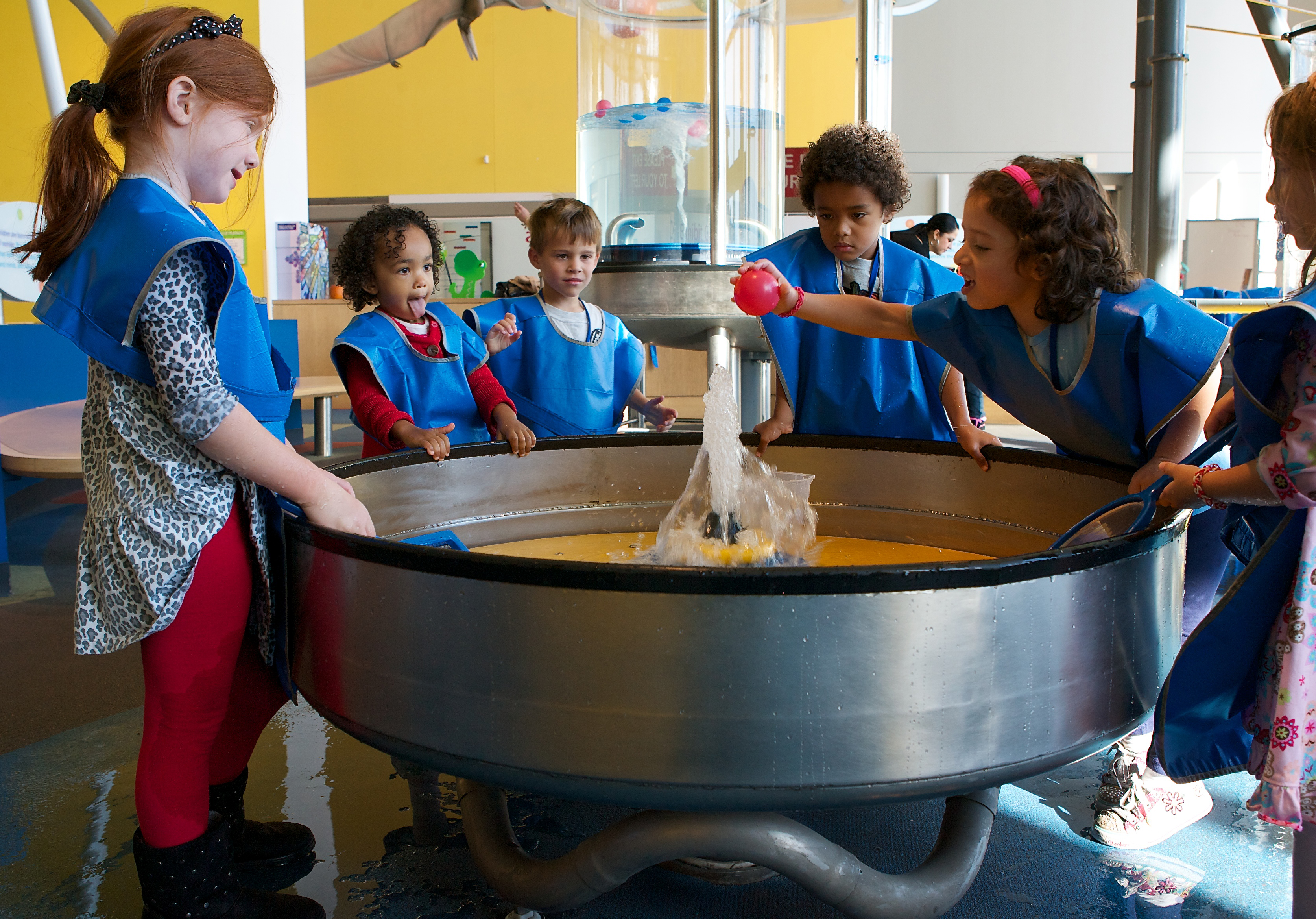
COVID-19 has exposed a fundamental truth about our systems of education, health, and social services: They are fragmented and siloed, thwarting efforts to improve the quality of learning and care for children. Nowhere is this clearer than in the schools, preschools, and community programs that serve the 44% of U.S. children under 9 identified as low-income. The lack of collaboration and shared vision among these systems means that the extraordinary efforts of people who work on the frontlines are severely handicapped in meeting the needs of children and families.
As we rethink national and state education policies, and as we rebuild schooling and caregiving, we must ensure that the schools and programs that serve children and their families work together at the local level where it matters most.
For over a decade, I’ve studied the work of innovative communities nationwide where just this sort of collaboration is in full force. Preschools, elementary schools, and community health and social service organizations join forces to create and carry out a clear equity agenda that focuses on improving the quality of life for low-income children and their families and children of color and their families. Their successes provide a road map to reinventing early childhood education that begins with three core design principles:
Connect Early Years and Early Grades. When early childhood and K–12 educators collaborate, they can ensure high-quality learning for children. Yet this seldom happens. Instead, we have created two systems with very different philosophies and practices for children of similar ages. The innovative communities that I’ve studied bring early childhood programs together with elementary schools to align curricula, work on how best to teach young children, and develop common approaches to supporting families. As a result, children’s learning can proceed smoothly, consistently, and successfully.
Deepen Partnerships with Families. It’s time to move beyond “random acts of family engagement” like occasional back-to-school nights. Research shows that families play a vital role in children’s success in school, and schools and communities must make two major shifts to support families in this role. The first shift is one of mindset: begin with respect for families and their contributions, be responsive to families’ cultural traditions, invite families to participate as full partners in school affairs, and promote families’ development as leaders. These changes must be coupled with new structures to support families with comprehensive services such as family liaison positions, family resource centers, and well-thought-out partnerships with health and social service agencies.
Strengthen Communities. Harvard’s Opportunity Insights project has shown that of all government policies, investments in low-income children have the highest returns and pay for themselves. The project’s researchers have also demonstrated that the neighborhoods where children grow up have enormous impacts on children’s future social mobility. They conclude that, “The broader lesson of our analysis is that social mobility should be tackled at a local level by improving childhood environments.” Here the first two design principles come together with a third: the most powerful way to improve childhood environments is to implement comprehensive strategies across the elementary schools, early childhood programs, and health and social service agencies that serve children and families in the same community.
Translating principles into action: How does life change for children in these communities? Communities in Maine, Nebraska, Oregon, and Pennsylvania are improving home visiting, family childcare, preschool, and Head Start programs. They are finding new, more effective ways to help children acquire key literacy, math, and social-emotional skills. Families are receiving the health, mental health, and social service support they need to build on their strengths and overcome challenges. Schools, preschools, and community agencies are coordinating their work: sharing data, aligning curricula, supporting children and families through the transition to kindergarten, and leading community-wide campaigns on parenting, school attendance, and early literacy. They are sustaining this work during COVID-19. These communities are demonstrating how to create coherent systems. They are showing us the way forward to better futures for children and families.